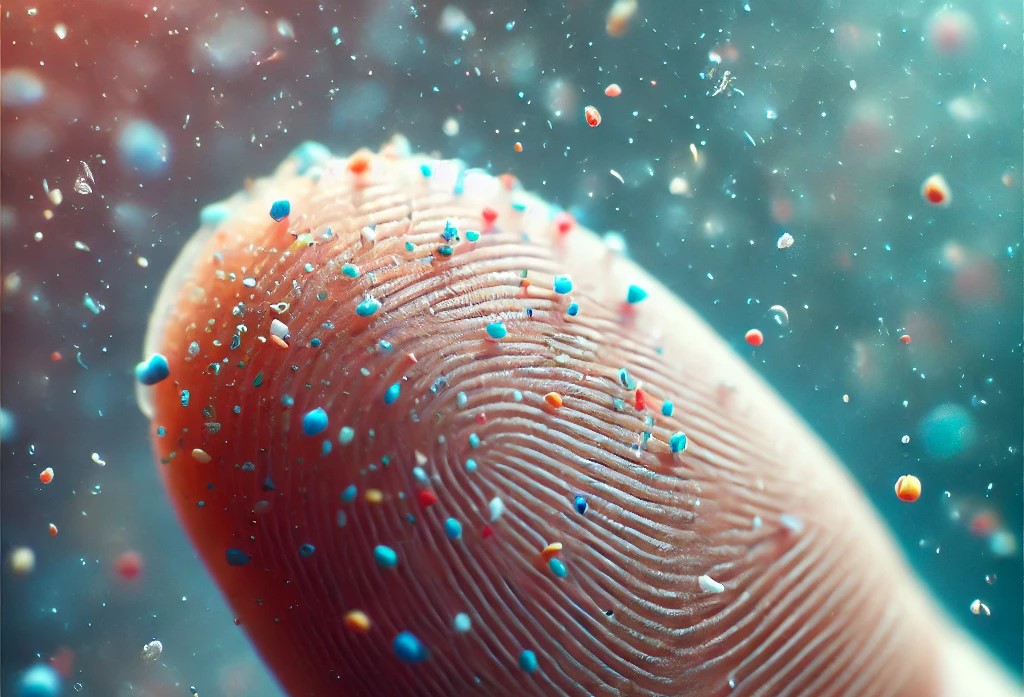As reported by the University of New Mexico, a concerning discovery reveals that microplastics, tiny plastic particles smaller than 5 millimeters, are not only infiltrating our environment but have also found their way into human brains, raising questions about potential long-term health consequences.
How does it happen?

Microplastics can sneak into our brains like tiny Trojan horses, hitching a ride on our body’s natural transport systems. These plastic particles, some as small as a speck of dust, can cross the blood-brain barrier – a protective shield that usually keeps harmful substances out of our brain1.
Imagine this barrier as a fortress wall, and microplastics as clever invaders that find secret passageways to slip through. Once inside, these unwelcome guests can cause trouble, potentially triggering inflammation and attracting immune cells, much like how they do in other parts of the body.
Research has shown that microplastics can enter the brain tissue of mice within just 24 hours of exposure, raising concerns about similar effects in humans. While we don’t yet have direct evidence of microplastics in human brains, their presence in other parts of our bodies, like the placenta and urine, suggests they might be sneaking into our command centers too.
Effects on the brain
Microplastics in the brain are like tiny troublemakers, potentially causing a ruckus in our body’s control center. Studies on animals have shown that these plastic particles can lead to a variety of neurological issues. For instance, fish exposed to microplastics exhibited changes in behavior and altered brain structure, while mice showed signs of cognitive dysfunction and changes in neurotransmitter levels. It’s as if these plastic invaders are messing with the brain’s wiring and chemical balance.
In lab experiments, human brain cells exposed to nanoplastics reacted with oxidative stress and inflammation – think of it as the brain’s alarm system going off. These reactions have been linked to neurodegenerative diseases like Alzheimer’s and Parkinson’s. While we don’t yet have direct evidence of these effects in humans, the potential risks are concerning enough for scientists to call for a cautious approach in dealing with microplastic exposure.
“There’s much more plastic in our brains than I ever would have imagined or been comfortable with.”
Dr. Matthew Campen has told The Guardian, a professor at the University of New Mexico.
This finding is a wake-up call, highlighting how our plastic problem has become so pervasive that it’s infiltrating the very organ that makes us human.



Leave a Reply